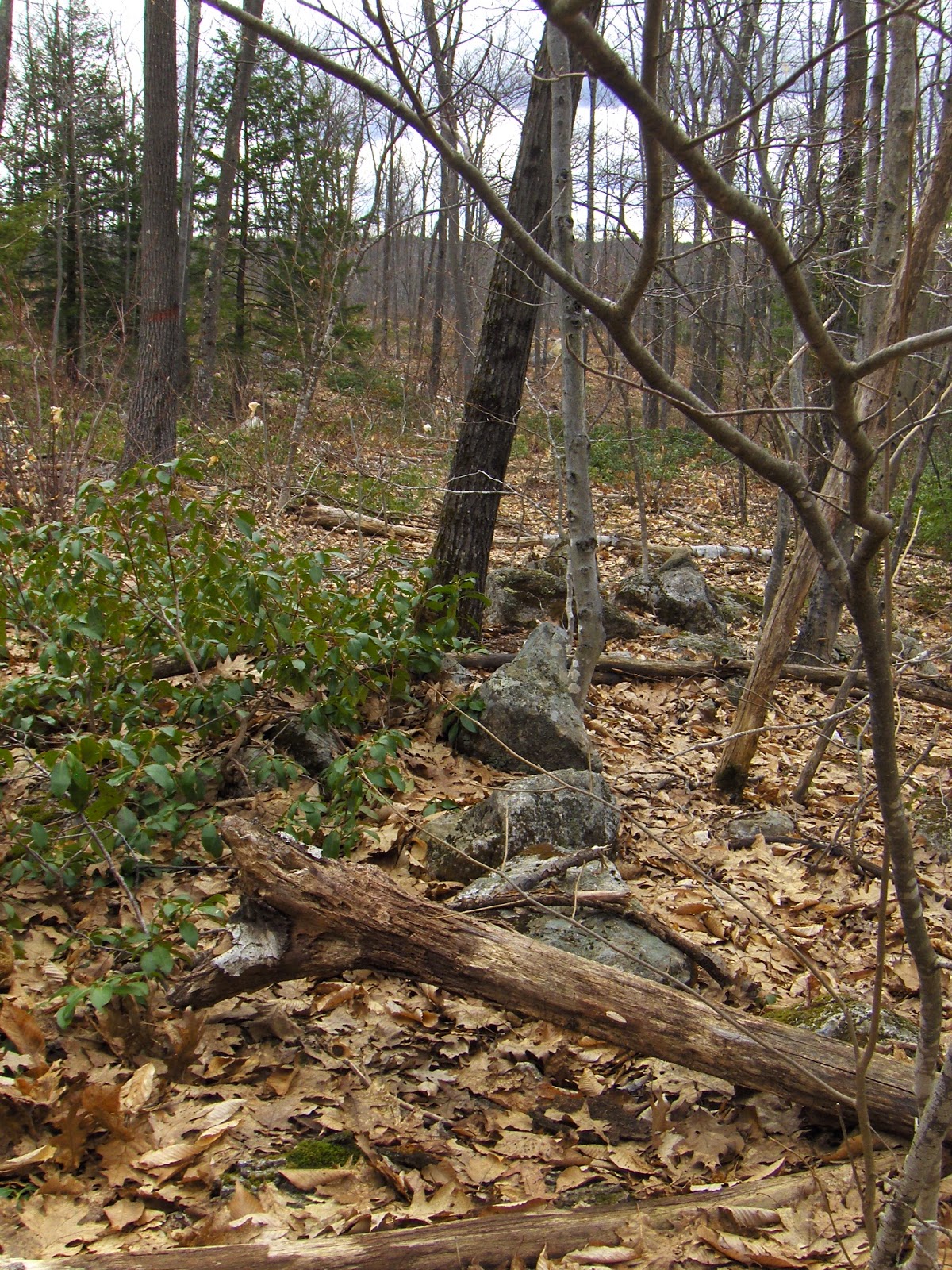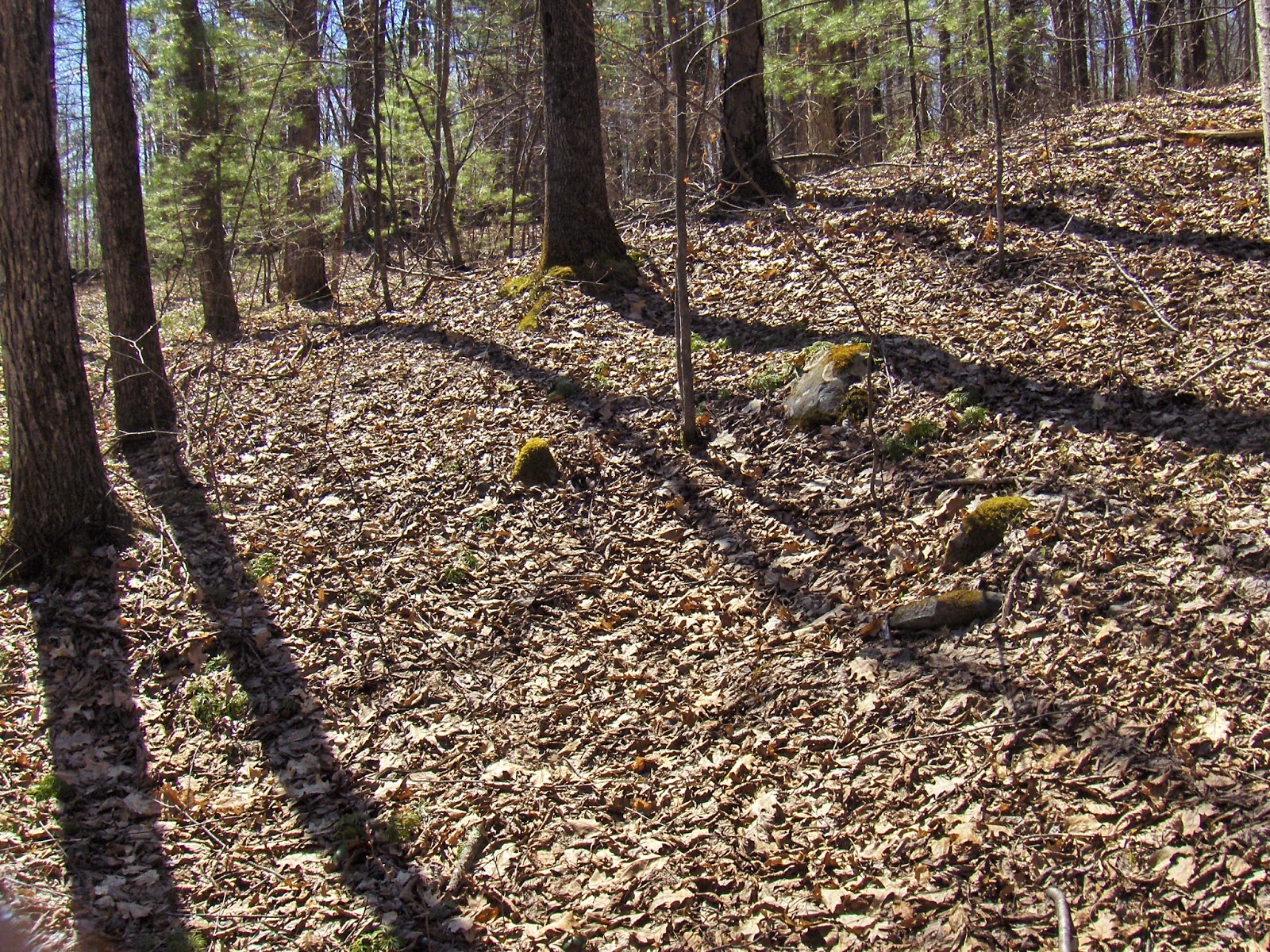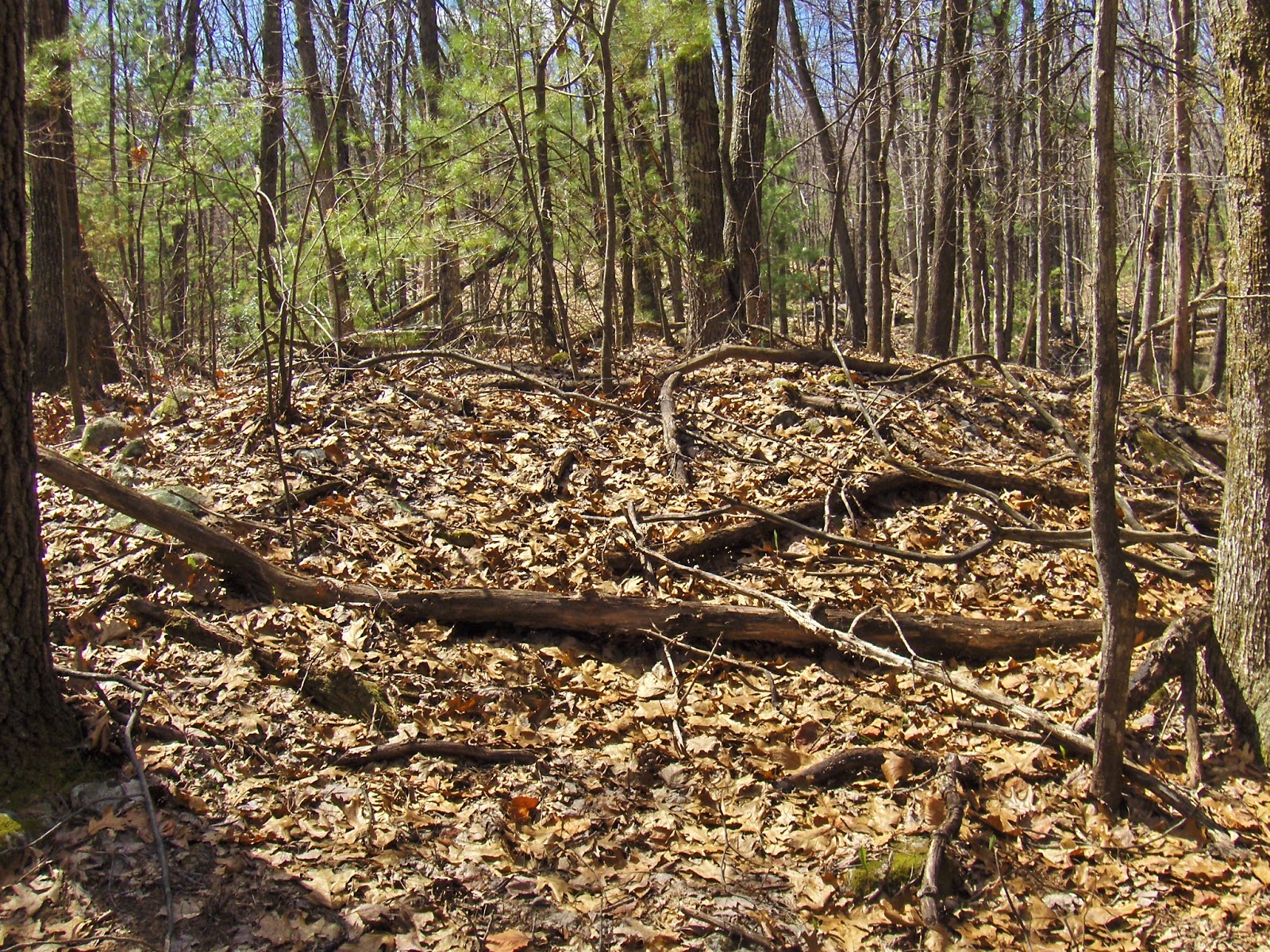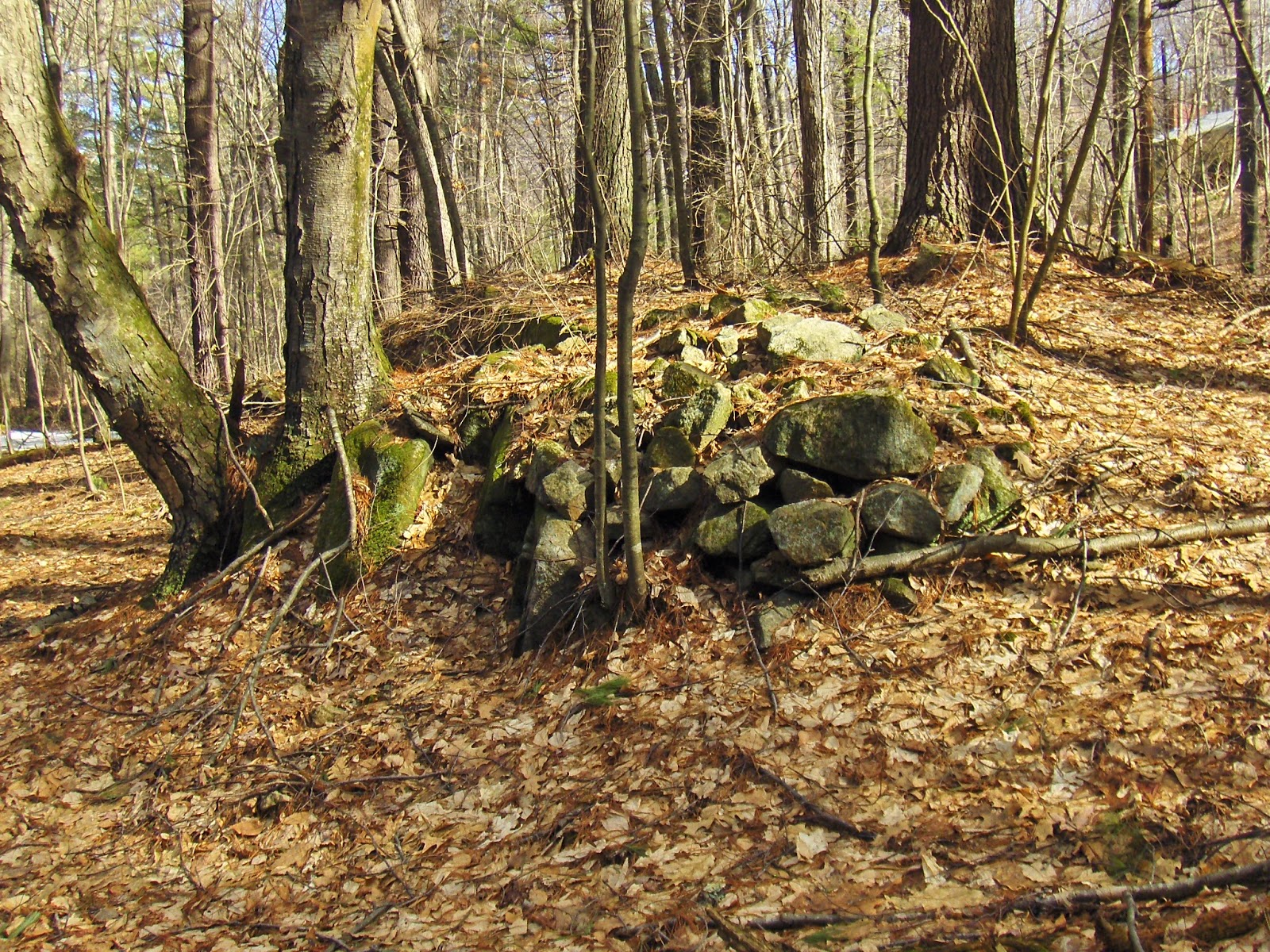Two events: a River Walk and the Annual Great Falls Commemoration Ceremony. Details below:
River Walk
Join the Nolumbeka Project and Connecticut River Watershed Council
to learn about 10,000 years of Native American presence near the Great
Falls. Learn from and speak to experts in the Native American history of
this area, culminating in the Turners Falls massacre during King Phillips War
in 1676. Meet at 10 a.m. the Unity Park/bike path gravel parking area on 1
st
St.
in Turners Falls. It involves leisurely
walking along paved bike path for 1-1.5 miles. Accessible to all; dogs on
leashes welcome. Free (donations appreciated).
The guides will
be Nolumbeka Project Board members David Brule, Howard Clark, and Joe
Graveline. Collectively they share about
one hundred years of information reconstructed through research, observations, insight,
education, explorations, field work and associations, which illuminates the little
known history of the early Native American culture of the Northeast. All three work closely with the Narragansett Indian Tribal Historic
Preservation Office and monitor local Native American/American Indian
sacred sites
Brule, of
Narragansett and Nehantic descent, is the coordinator of the newly awarded National
Park Service Battlefield Protection Program whose goal is to identify the likely locations of the King
Phillip’s War (1675-76) Peskeomskut (Turners Falls) Battlefield and associated
sites, including the Native American community Peskeomskut-Wissatinnewag. This
is in partnership with an archaeologist, town historic commissions, and members
of four New England tribes.
Clark has Cherokee roots and his extensive research into the Native
history of this area revealed the prime importance of Great Falls as a
gathering place for many Northeastern tribes during the fish runs. The Great Falls Massacre on May 19, 1676 was a
turning point in the King Philip’s War. Clark was instrumental in securing
protection for the land across the river, Wissatinnewag, and was a signer of the
Reconciliation Agreement between the Town of Turners Falls and the Narragansett
tribe at Unity Park on May 19, 2004.
Graveline, Nolumbeka Project president, is descended
from Cherokee and Abenaki and began learning about the native culture from his
mother at a young age. He specializes in presenting the
unrepresented Indian side of American history. He was one of the
organizers of the Reconciliation Agreement; and of the Peoples Harvest
Native American cultural celebration that took place on the Banks of the
Connecticut River in Gill, MA in 2005 and 2006.
Although the river has gone through many changes the history remains
and much will be revealed and explained during the walk. The guides will also offer
a “geological primer” and give an overview of 345 million years history how the
land was formed. Early May is a prime time for this event, before the leaves
fully cover the trees. From across the river the serpentine trails down the
hill from the Wissatinnewag land to the fishing stations below will still be
visible.A map will be provided
to help identify some of these features during the walk. Binoculars might be helpful, not just to see
the sights but there will likely be migrating waterfowl and the occasional eagle. www.nolumbekaproject.org
Great Falls Commemoration
The 3rd Annual Great Falls Commemoration Ceremony will take place at Unity Park
in Turners Falls on Saturday, May 16. The
Nolumbeka Project events will be held at the River Tent at Unity Park: 1 – 1:30
p.m., Commemoration Ceremony; 1:30 – 2:30 p.m., Visioning B.E.A.R. Singers;
2:30 – 3 p.m., River Stories in Poetry and Song with David Brule. The
gathering, co-sponsored by the Nolumbeka
Project and Turners Falls RiverCulture, will this year be part of a larger, all
day event, River’s Song.
This part of the Connecticut
River is spiritually an exceptional location and the historical significance
for the indigenous peoples of the Northeast is well-documented. For millennia Great Falls (Peskeompskut) was
a gathering place for numerous Northeastern tribes during the fish runs and
served as a place where diplomacy and peace prevailed. That ended on May 19, 1676 with the infamous massacre. Unity Park is where, 11 years ago
on May 19, 2004, the
Reconciliation Ceremony was held between the Town of Montague
and the Narragansett to “begin to put the traumatic echoes of the past to
rest".
People are invited to donate
a special stone to a permanent memorial mound which will be assembled on the Wissatinnewag
site in Greenfield. These “prayers in stone”, respectfully and mindfully chosen
by each individual, will symbolize prayers for blessing, healing and
reconciliation and is a Native American tradition. Perhaps, people will choose a stone that
“speaks to them” from its natural setting or one already displaced by
construction and seeking a new home. All
are asked to be particularly careful not to remove a stone from an existing
ceremonial mound as this will deactivate the prayer of the original donor. The
permanent placement of the prayer stones will take place at a later date as
part of a gathering or, with prior arrangements, privately. The hope is that this will be an ongoing
ritual for years to come. The 61 acre Wissatinnewag land, under the stewardship of the
Nolumbeka Project, experienced at least three violent traumas: its connection
to the massacre of almost 400 non-combatant refugees of King Philip’s War on
May 19, 1676; the removal of ceremonial burials on the hill during the summer
of 1964 which were uncovered and bulldozed with other excavation debris into
the ten acre white ash swamp across the street; and many years of gravel
removal that decimated the ancient village site and left a huge, gaping scar.
In recent years topsoil has been brought into an area of the lower sand face,
wells dug, and traditional circle gardens planted that grow heritage three
sisters (corn, beans, squash), ceremonial tobacco, and sweet grass. Other
restoration efforts are underway and planned for the future.
River’s Song activities about
the Connecticut River are planned throughout downtown Turners Falls from 11a.m. to 10 p.m. and will include art making, a parade, a walking tour,
spoken word and musical performances, art receptions, and a water dance sound
& light show.
The River's Song
Project is a collaboration of the Nolumbeka Project, Turners Falls
RiverCulture, the UMASS Asian Arts and Culture Program, The UMASS Departments
of Landscape Architecture, the Connecticut River Watershed Council and the
Great Falls Discovery Center. For a full event schedule please visit www.turnersfallsriverculture.org.

















































